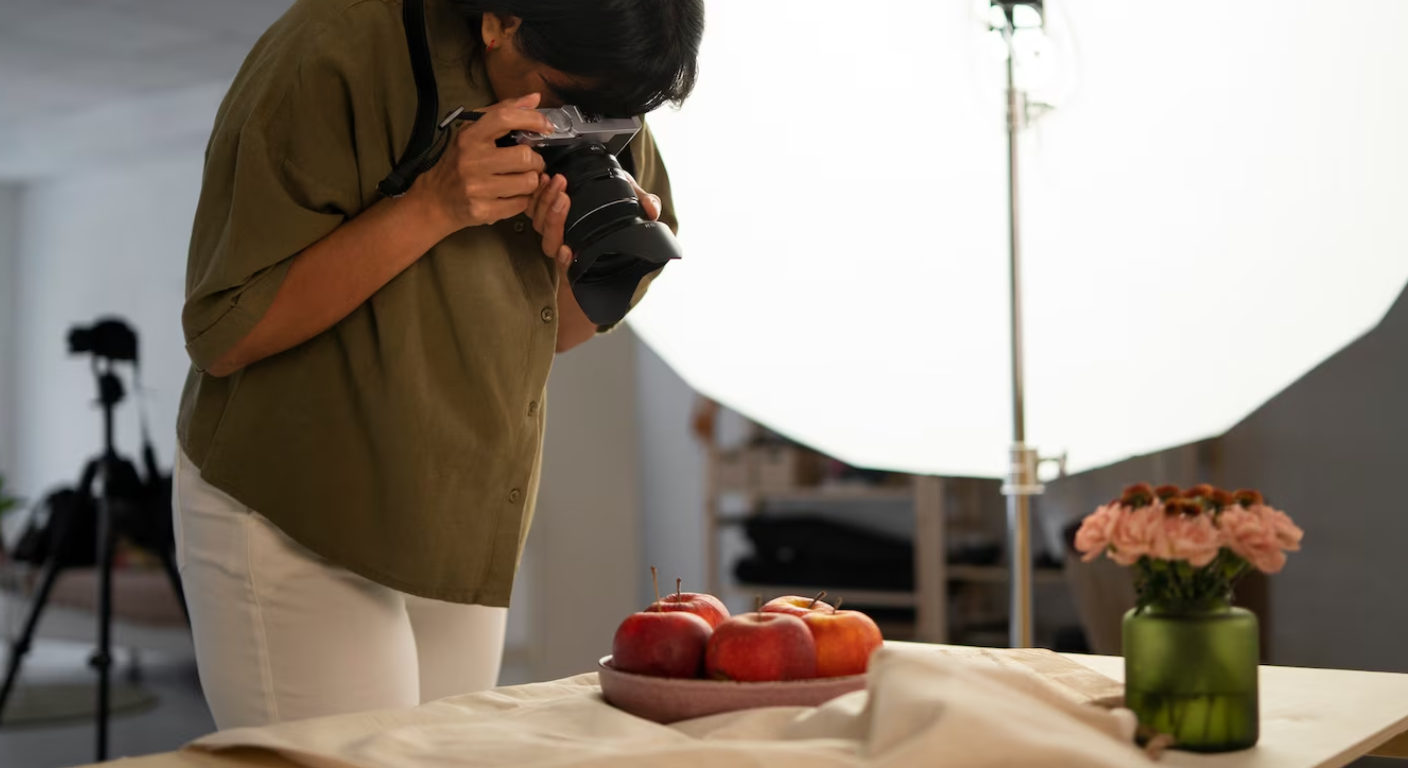In eCommerce, your product images are your storefront. Customers can’t touch, feel, or try your product—so photos do the convincing. High-quality images boost trust, reduce returns, and significantly improve conversion rates. This blog explains why product photography is so important and how to master it for your brand.
1. First Impressions Happen in 3 Seconds
Shoppers make snap decisions based on visuals. A blurry or poorly lit photo suggests low quality. Crisp, clean product images immediately build trust and elevate your brand’s perceived value.
2. Use Multiple Angles and Views
Show the product from all sides: front, back, top, bottom, and inside if needed. Include zoomed-in shots of textures, materials, or stitching. The more detail you show, the fewer questions the customer has.
3. Use Consistent Backgrounds
A consistent white or neutral background keeps focus on the product and looks professional. Use the same style across all product pages to create visual cohesion and a premium feel.
4. Show Product Size Clearly
Include a size reference—either a model holding the item or a comparison with a common object. This reduces returns due to mismatched size expectations, especially in fashion and accessories.
5. Include Lifestyle Shots
Show products in use to help customers visualize them in real life. A bedsheet on a made bed or a jacket worn by a model creates context and emotional connection.
6. Use 360-Degree or Interactive Images
Let users rotate products or zoom interactively. This enhances product confidence and gives a more immersive experience. It’s especially helpful for tech, homeware, or multi-component items.
7. Don’t Forget Mobile Optimization
Photos should look great on smartphones. Use high-resolution images that load quickly and scale properly. Avoid small text or tiny details that may be missed on mobile screens.
8. Edit Smartly—But Don’t Mislead
Editing is important, but don’t alter the product’s actual look. Keep colors accurate and don’t hide imperfections that would otherwise disappoint a buyer. Authenticity matters.
9. Use Video Where Possible
Videos show how products move, fit, or operate. A quick 10–30 second product demo can dramatically increase conversion, especially for gadgets, apparel, or anything interactive.
10. Invest in a Professional Setup
You don’t always need a studio—just good lighting, a clean setup, and attention to detail. Use a tripod, natural light or softbox, and take multiple shots. Over time, investing in a professional photographer can pay off.
Conclusion
A picture may be worth a thousand words, but in eCommerce, it might be worth a thousand sales. Well-shot, thoughtfully presented product images help customers decide, build trust, and reduce returns. Master your visual presentation and watch your conversion rates soar.





